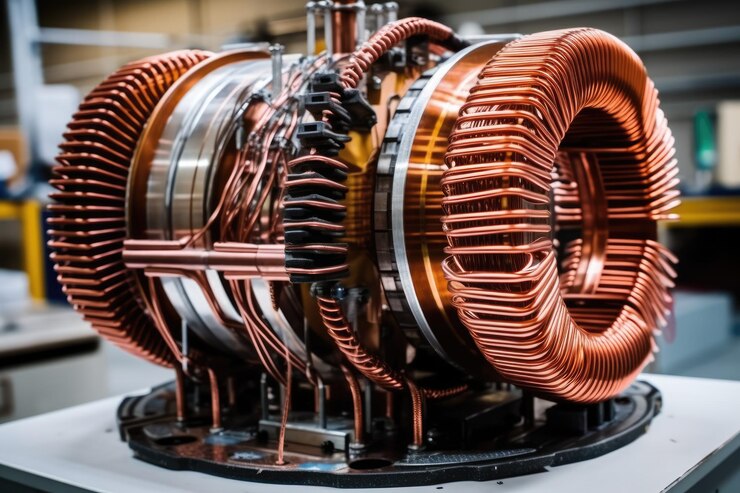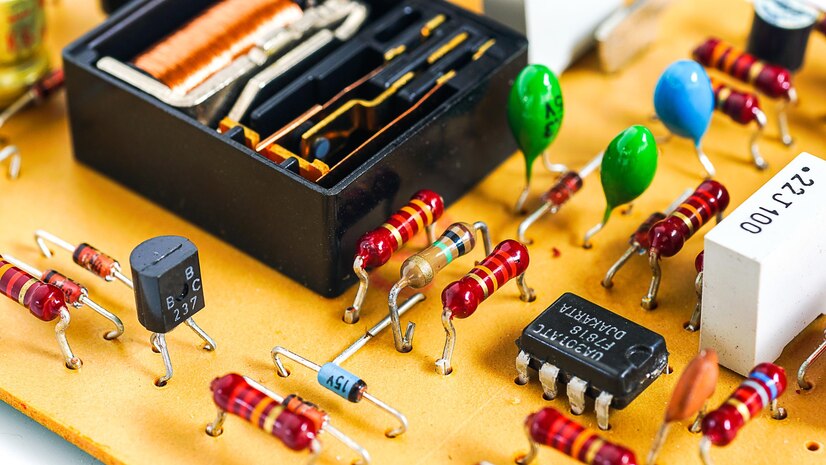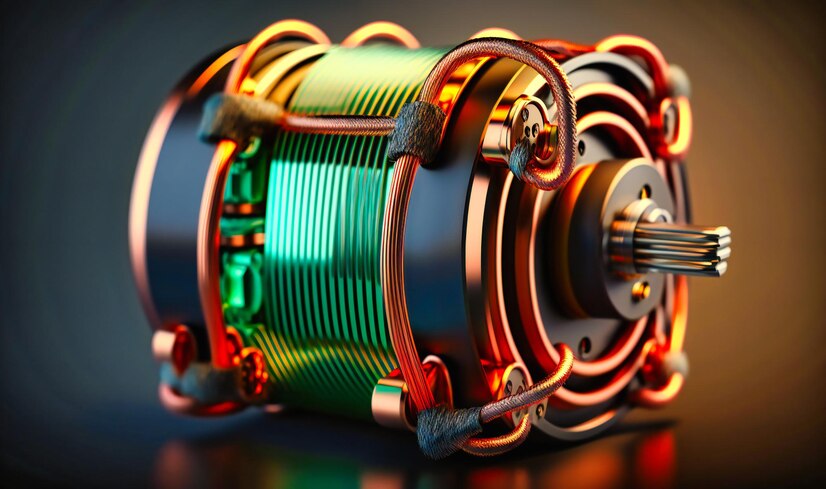Introduction
“Synchronous motor vs induction motor” In the world of electric motors, there are various types, each designed for specific applications and operational requirements. Two of the most commonly used electric motors are synchronous motors and induction motors. Both have their unique characteristics and advantages, making them suitable for different scenarios. We will examine the main distinctions, benefits, and uses of synchronous motors and induction motors in this extensive guide.
Introduction to Synchronous Motors
What is a Synchronous Motor?
A synchronous motor is a type of electric motor known for its precise speed control and synchronization with the supply frequency. Unlike induction motors, synchronous motors operate at a constant speed regardless of the load, making them ideal for applications where precise speed control is essential.
How Does a Synchronous Motor Work?
Synchronous motors have a rotor with permanent magnets or field windings, and they rely on the magnetic field’s synchronization with the alternating current (AC) supply frequency. This synchronization ensures that the rotor rotates at the same speed as the supply frequency, known as the synchronous speed.
Introduction to Induction Motors
What is an Induction Motor?
An induction motor, also known as an asynchronous motor, is the most common type of electric motor used in various industrial and commercial applications. Unlike synchronous motors, induction motors do not require external synchronization and are known for their simplicity and reliability.
How Does an Induction Motor Work?
Induction motors have a rotor with conductive bars or coils, and they operate based on the principle of electromagnetic induction. When AC power is applied to the stator windings, it creates a rotating magnetic field. This field induces currents in the rotor, causing it to rotate. The speed at which the rotor turns is slightly less than the synchronous speed, leading to a phenomenon known as slip.

Synchronous Motor vs. Induction Motor: Key Differences
Now, let’s compare synchronous motors and induction motors based on various parameters:
1. Speed Control:
- Synchronous Motor: Synchronous motors offer precise speed control and maintain a constant speed regardless of the load. Because of this feature, they can be used in devices like synchronous clocks, generators, and precision machinery that need to run at a steady speed.
- Induction Motor: Induction motors have less precise speed control and exhibit slight variations in speed due to slip. They are commonly used in applications where speed control is not critical, such as fans, pumps, and conveyor belts.
2. Starting Torque:
- Synchronous Motor: Synchronous motors have low starting torque and often require external assistance to start. They are not appropriate for uses where a high initial torque is needed.
- Induction Motor: Induction motors have moderate to high starting torque, making them suitable for applications that demand a substantial initial rotational force, such as compressors and crushers.
3. Efficiency:
- Synchronous Motor: Synchronous motors are generally more efficient than induction motors at full load because they do not experience slip. Their effectiveness does, however, drop at partial loads.
- Induction Motor: Induction motors have good efficiency, especially at partial loads, which is one reason for their widespread use in various industries.
4. Complexity and Cost:
- Synchronous Motor: Synchronous motors are more complex in design and usually more expensive compared to induction motors.
- Induction Motor: Induction motors are simpler in design and cost-effective, making them a preferred choice for many applications.
5. Applications:
- Synchronous Motor Applications: Synchronous motors find applications in industries where precise speed control is essential, such as aerospace, robotics, and power generation.
- Induction Motor Applications: Induction motors are versatile and are used in a wide range of applications, including pumps, fans, compressors, conveyor systems, and household appliances.
Advantages of Synchronous Motors
- Precise speed control.
- Suitable for applications requiring synchronization with the power supply.
- High efficiency at full load.
- Low maintenance.
Advantages of Induction Motors
- Simplicity and reliability.
- Moderate to high starting torque.
- Cost-effective.
- Versatile and widely used in various applications.
Conclusion
In summary, the choice between a synchronous motor and an induction motor depends on the specific requirements of your application. Synchronous motors are ideal for applications where precise speed control and synchronization with the power supply are crucial. On the other hand, induction motors are preferred for their simplicity, reliability, and cost-effectiveness in a wide range of applications.
Understanding the differences and advantages of synchronous and induction motors will help you make an informed decision when selecting the right motor for your needs. Whether you need precise speed control or a dependable workhorse for everyday applications, both synchronous and induction motors have their respective places in the world of electric motors. visit us for more information












